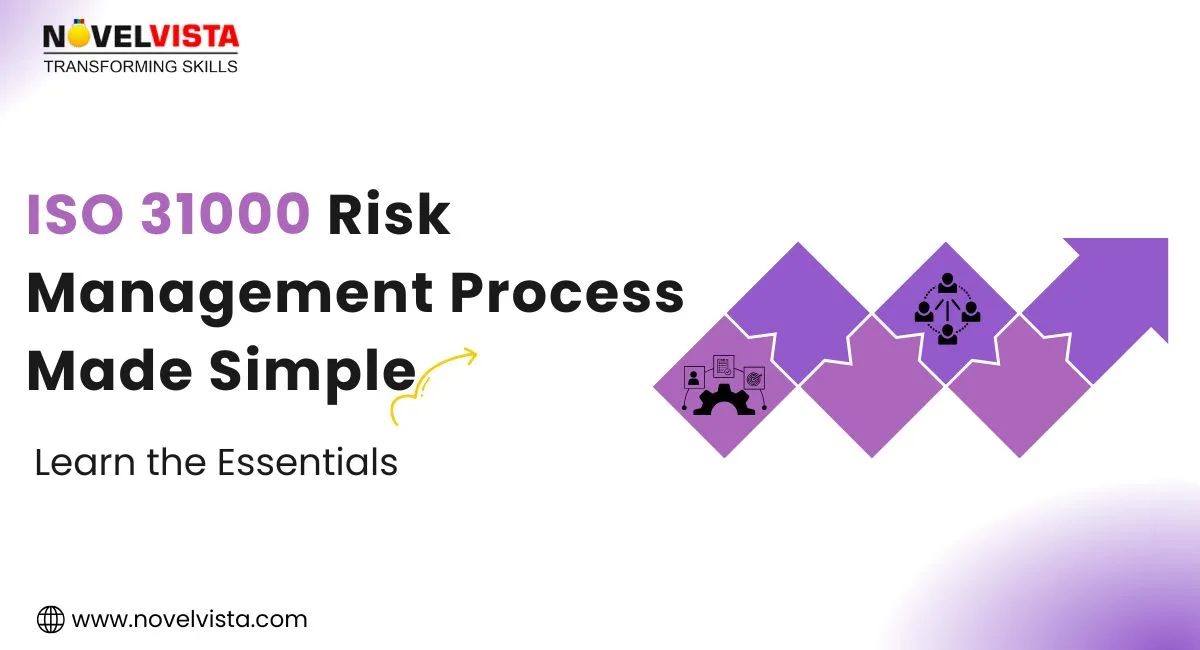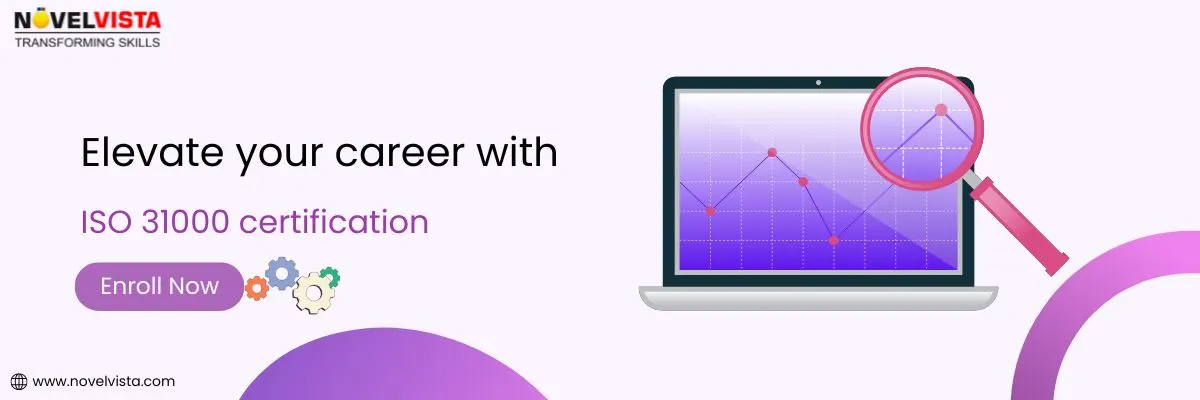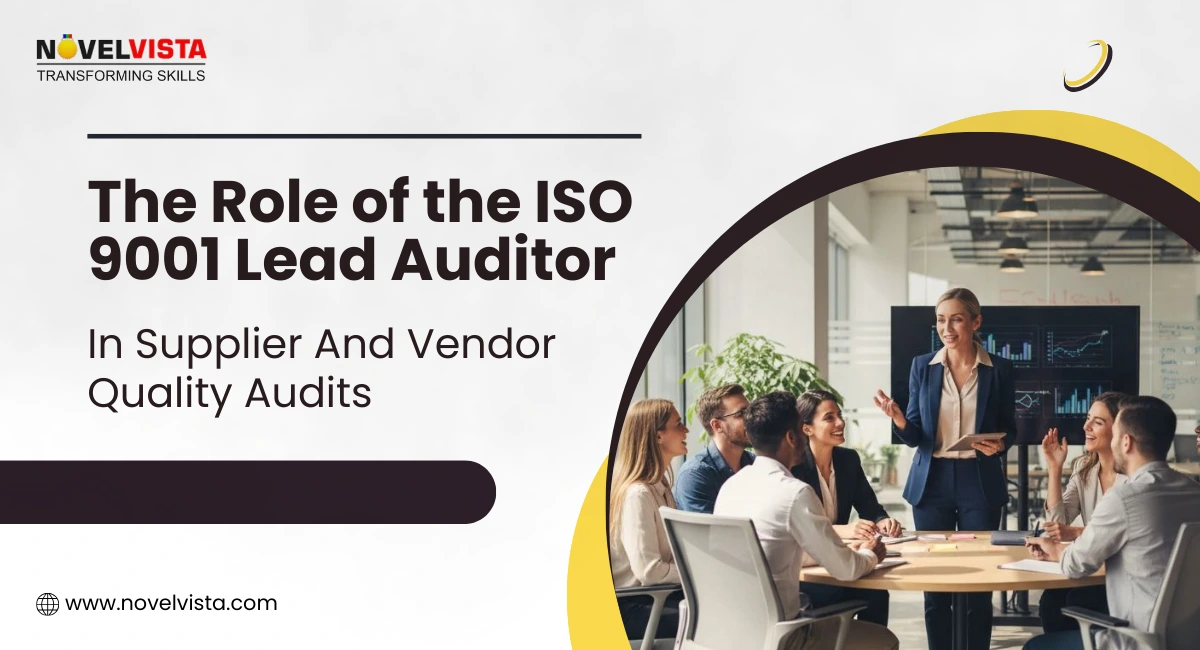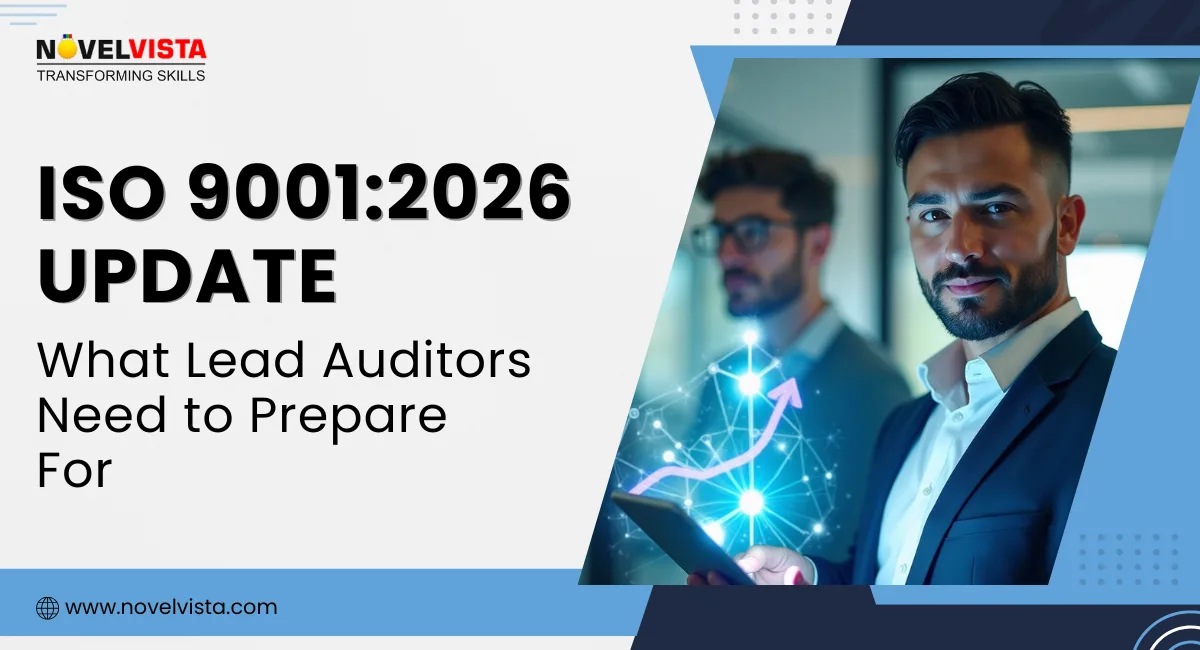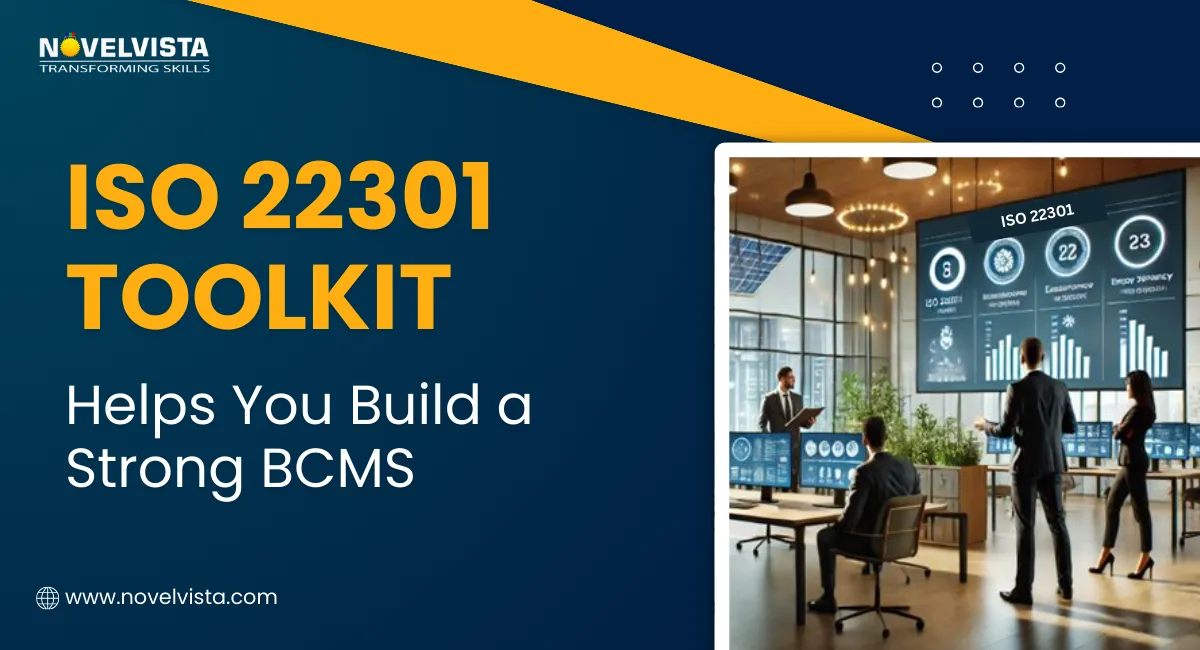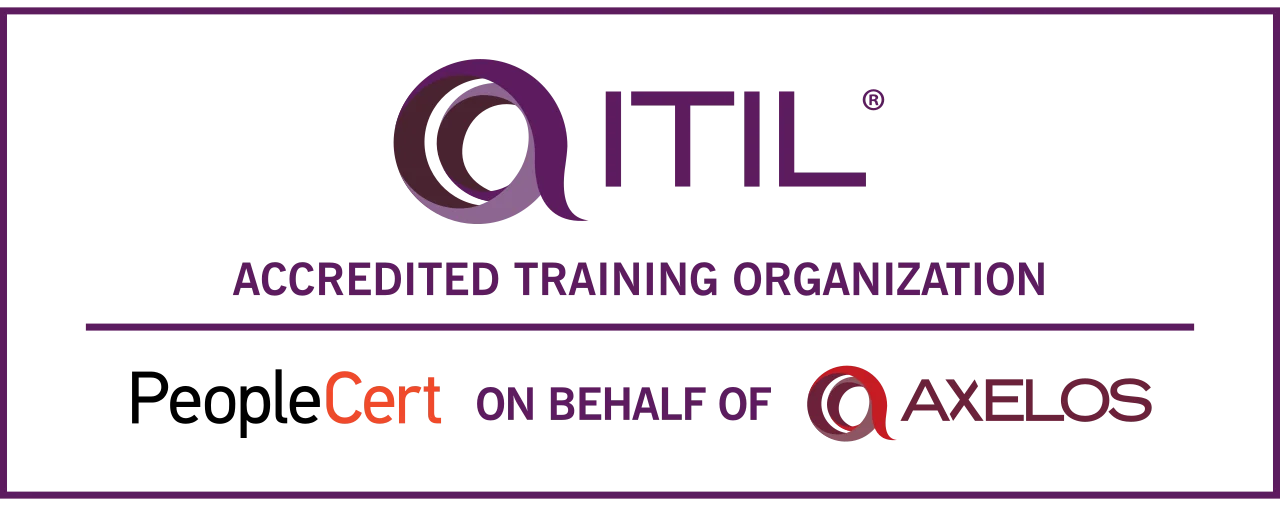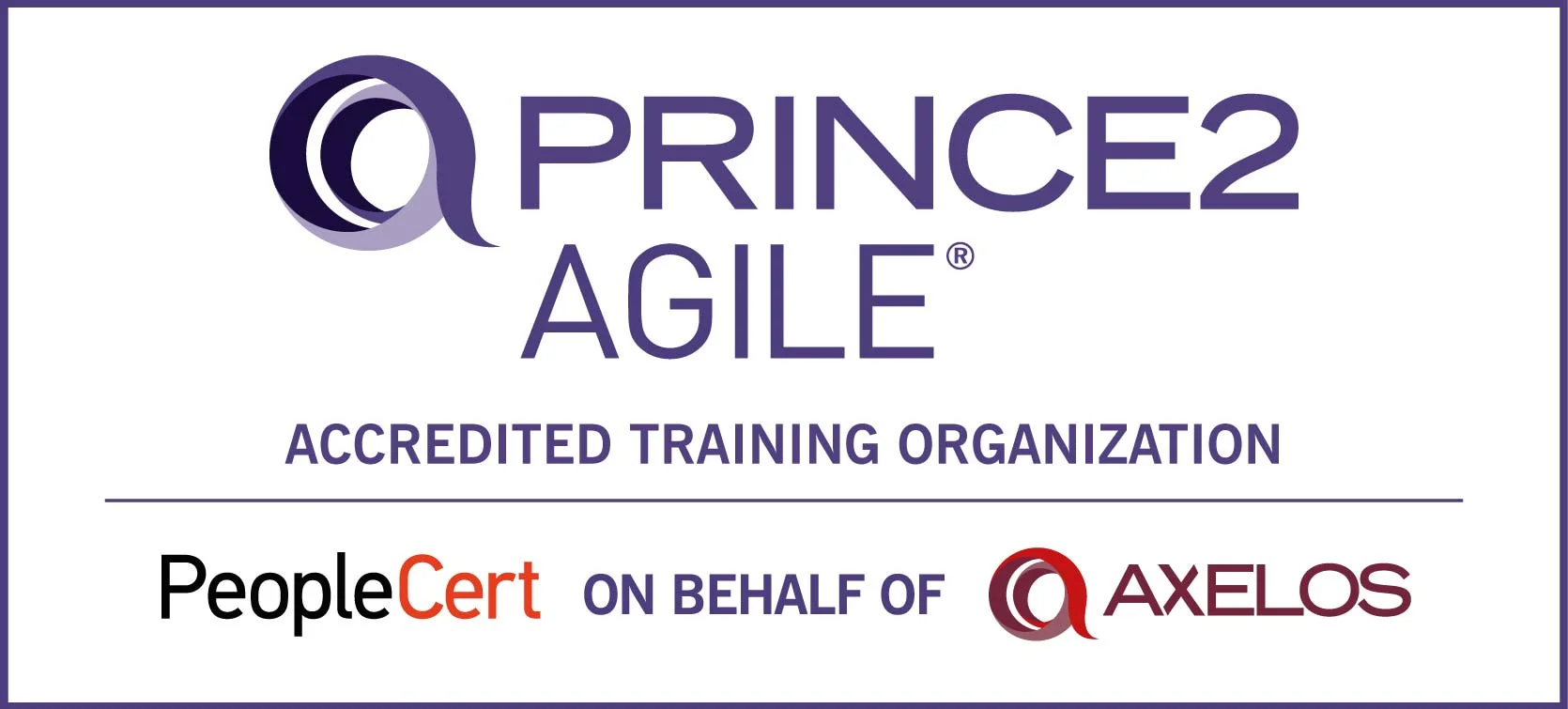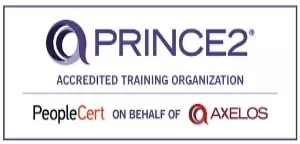Every organization faces uncertainty, from shifting markets to new technologies and global disruptions. That’s why having a clear risk management approach is no longer optional. The ISO 31000 risk management process helps organizations stay prepared by identifying, assessing, and controlling risks in a structured and practical way.
It focuses on key actions like spotting potential threats, analyzing their impact, setting up controls, allocating resources, and reviewing progress regularly. But true risk management goes beyond one-time checklists; it’s about weaving risk awareness into everyday decisions and company culture.
With ISO 31000, businesses can spot challenges early, minimize disruptions, and turn potential risks into opportunities for growth. When teams at every level think and act with risk in mind, organizations become more confident, resilient, and ready for anything. In essence, ISO 31000 doesn’t just protect your business; it helps you grow smarter and stronger in an unpredictable world.
Establish the context
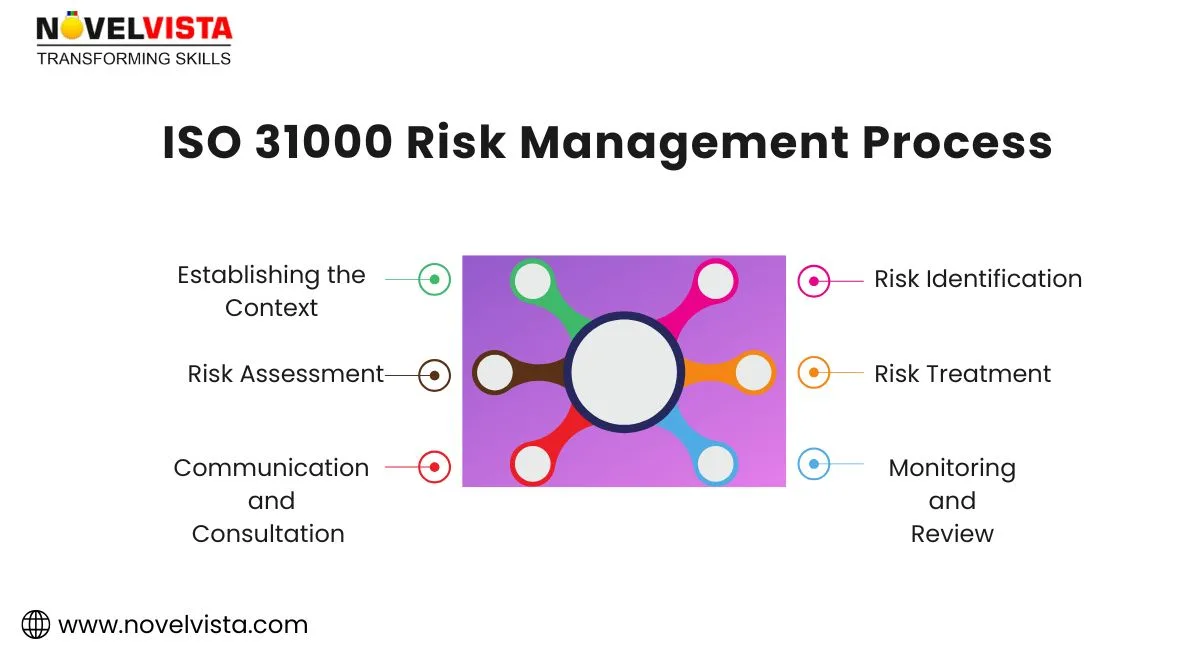
The first step in the ISO 31000 risk management process is to establish the context in which risks will be managed. Without a clear understanding of the environment, goals, and risk tolerance, risk management efforts can be misguided or ineffective.
Define Objectives:
Before identifying or assessing risks, you need to clarify your goals. What are you trying to achieve as an organization? These could be financial objectives, customer satisfaction targets, product development goals, or other key performance indicators (KPIs). Understanding your organization’s objectives ensures that the risk management process is aligned with strategic priorities.
Understand the Environment:
Risk does not exist in isolation; it is shaped by both internal and external factors. Internal factors might include your organization’s culture, capabilities, or resources, while external factors could involve market dynamics, competition, economic shifts, and regulatory changes. A comprehensive understanding of both these factors will help you identify the sources of risk more effectively.
Set Risk Criteria:
Once you understand the goals and context, you need to define what constitutes acceptable risk for your organization. Risk criteria are the benchmarks against which risks will be assessed. These are based on your organization's objectives, values, and risk appetite, essentially, how much risk the organization is willing to tolerate in pursuit of its goals.
Risk Identification
Now that the context is set, the next step in the ISO 31000 Risk Management Process is identifying risks that may hinder the achievement of your objectives. This stage is crucial because without identifying potential risks, you cannot manage them effectively.
Identify Risks:
Risk identification involves looking at the activities, processes, and systems within your organization and evaluating what could go wrong. These risks could impact your ability to meet objectives, whether through financial losses, reputational damage, or disruption of operations.
The process of risk identification can be systematic, using techniques such as:
- Brainstorming sessions with key stakeholders to explore potential risks
- Interviews with employees who have direct experience with the processes involved
- Document review of past incidents, audits, or other records
- Historical data to recognize patterns in risk occurrence
Sources of Risk:
Risk can come from many different sources. According to the ISO 31000 risk management process steps, these include:
- Operational Risks: Risks related to the day-to-day operations of the organization.
- Financial Risks: Risks related to financial volatility, currency fluctuations, or market changes.
- Strategic Risks: Risks stemming from shifts in business strategy, such as entering new markets or launching new products.
- External Risks: Risks from outside the organization, including regulatory changes, natural disasters, or technological disruptions.
Each of these sources needs to be considered in the context of your business goals and objectives.
Documentation:
Every identified risk should be documented thoroughly. This provides a reference point for further analysis and is essential for creating an action plan to treat the risks later. By documenting these risks, you ensure that they are not forgotten and can be revisited throughout the risk management process.
Risk Assessment
Risk assessment is the stage where identified risks are evaluated to determine their potential impact on your objectives. It’s about quantifying and qualifying the risks, enabling you to prioritize them effectively.
Risk Analysis:
Risk analysis involves evaluating the nature, cause, and potential impact of each identified risk. This step allows you to gain a deeper understanding of the likelihood of each risk occurring and the severity of its consequences. Various analysis methods, such as qualitative analysis (high, medium, low) or quantitative analysis (using numerical values), can be used here, depending on the complexity of the risk.
For example, you might assess a cybersecurity threat in terms of the likelihood of an attack (e.g., low, medium, or high) and its potential impact on your data and infrastructure (e.g., financial loss, reputational damage, or regulatory penalties).
Risk Evaluation:
Once risks have been analyzed, they need to be evaluated against the risk criteria established in the earlier stages. This helps you determine which risks need immediate attention and which can be managed later. Not all risks are equal; some may be critical, requiring urgent action, while others may be low priority, needing minimal resources.
Risk evaluation often involves creating a risk matrix that plots risks on axes representing likelihood and impact, helping to visualize which risks should be prioritized.
Tools and Techniques:
The ISO 31000 risk management process employs various tools and techniques to help organizations evaluate risks, including:
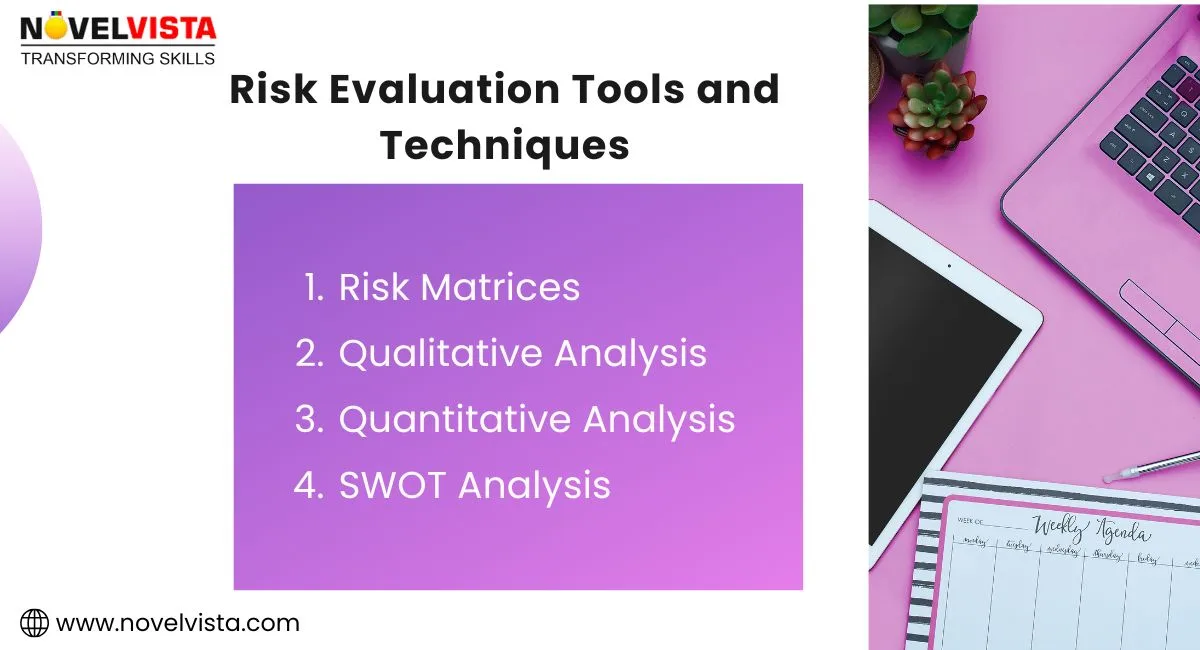
- Risk Matrices: Visual tools for assessing and prioritizing risks.
- Qualitative Analysis: Descriptive techniques for ranking risk likelihood and impact.
- Quantitative Analysis: Numerical approaches that involve probability and statistical analysis.
- SWOT Analysis: Analyzing strengths, weaknesses, opportunities, and threats in risk identification.
Risk Treatment
Risk treatment is where you take action to manage identified risks, deciding how to respond to them. After understanding the nature of the risks, the next step is to develop a strategy to either reduce or eliminate them, or accept them if they are within your tolerance level.
Identify Treatment Options:
ISO 31000 provides four primary strategies for dealing with risk:
- Avoidance: Change your plans or processes to eliminate the risk entirely.
- Reduction: Take actions to reduce the likelihood or impact of the risk.
- Sharing: Transfer the risk to a third party, such as through insurance or outsourcing.
- Acceptance: Acknowledge the risk and accept it if it falls within the organization's risk appetite.
Select Appropriate Actions:
Once treatment options are identified, it’s time to choose the best action. Your decision should align with your organizational objectives and risk appetite. For example, a company with a low risk tolerance may choose to avoid certain high-risk activities, while another organization may decide to accept lower-level risks.
Implement Actions:
The final step in the ISO 31000 risk management process is to implement the chosen actions. This involves developing detailed action plans and assigning responsibilities. The success of risk treatment relies on executing these plans effectively and on schedule. It’s important to have a clear timeline and assigned resources for each treatment strategy.
Communication and Consultation
Effective communication is key throughout the risk management process. Keeping stakeholders informed helps ensure alignment, understanding, and collaboration.
Engage Stakeholders:
Risk management is not an isolated activity; it involves multiple stakeholders within the organization. This includes senior management, employees, regulatory bodies, and external partners. Engaging stakeholders early ensures that their input is considered when identifying, assessing, and treating risks.
Share Information:
Clear and timely communication of risk information is essential. This includes sharing both positive and negative outcomes of risk management activities. By disseminating risk insights to key stakeholders, you help them make informed decisions that align with the organization’s goals.
Feedback Mechanism:
Establishing a feedback mechanism allows stakeholders to provide input on ISO 31000 risk management process. This could be through surveys, interviews, or regular risk management meetings. Feedback is vital for improving the process over time and adjusting the strategy as needed.
Monitoring and Review
Effective risk management isn’t a one-off task; it requires continuous monitoring to ensure that the risk treatments are effective and that new risks are identified as they arise.
Track Performance:
Regularly track the performance of your risk management actions. This means monitoring the effectiveness of your mitigation strategies and ensuring that they continue to meet their objectives. If the risk treatment actions aren’t working as expected, adjustments need to be made.
Evaluate Changes:
The internal and external environment is constantly changing. As new risks emerge and existing risks evolve, you need to assess changes in these environments. ISO 31000 recommends periodic reviews to evaluate if your risk management practices remain relevant and effective.
Continuous Improvement:
The ISO 31000 risk management process is inherently dynamic. The goal is continual improvement. By learning from past incidents, gathering feedback, and adapting to new challenges, you can enhance your organization's ability to manage risks in an increasingly complex world.
Download: ISO 31000 Implementation Toolkit
Build a resilient
Risk-smart organization with proven steps
plug-and-play templates.
Documentation and Reporting
Proper documentation is a critical part of the ISO 31000 Risk Management Process . It helps maintain transparency, accountability, and ensures compliance with both internal and external requirements.
Maintain Records:
All risk management activities should be well-documented. This includes recording the risk identification process, risk assessments, treatment plans, and any modifications made during implementation. Keeping detailed records helps your organization track its progress and ensures continuity in case of personnel changes.
Report Findings:
It’s important to communicate the outcomes of risk management efforts to relevant stakeholders. This includes reporting risks that were successfully mitigated, as well as those that remain. These findings should be presented in a clear and structured format, making it easy for management to understand and act on them.
Compliance:
Ensure that all documentation adheres to regulatory and organizational standards. ISO 31000 risk management process provides a structured approach to risk documentation that meets both internal policies and external regulations, ensuring your organization is always in compliance.
Integration into Organizational Processes
The final step in the risk management process is to ensure that risk management becomes integrated into organizational processes.
Embed Risk Management:
For risk management to be effective, it must be embedded into the organization’s strategic planning, decision-making, and operational processes. ISO 31000 risk management process should not be a siloed activity; it should influence every major decision made by the organization.
Align with Objectives:
Ensure that risk management supports organizational goals. By aligning risk management efforts with the strategic objectives of the organization, you ensure that risks are managed in a way that supports the organization’s long-term success.
Cultivate Risk-Aware Culture:
To be successful in managing risk, it’s important to foster a culture of risk awareness across the organization. This includes educating employees at all levels about the importance of managing risks and encouraging proactive risk management behaviors.
Conclusion: A Structured Approach to Risk Management
ISO 31000 provides a structured, systematic approach to risk management that can help organizations navigate the complexities of today’s volatile business environment. By adopting the ISO 31000 risk management process, organizations can enhance decision-making, improve resilience, and ultimately achieve their objectives with greater confidence.
If you haven’t already, it’s time to adopt and tailor the ISO 31000 Certification to your specific needs. With the right risk management tools, techniques, and commitment, you can take control of the risks your organization faces and unlock new growth opportunities.Frequently Asked Questions
Author Details

Vaibhav Umarvaishya
Cloud Engineer | Solution Architect
As a Cloud Engineer and AWS Solutions Architect Associate at NovelVista, I specialized in designing and deploying scalable and fault-tolerant systems on AWS. My responsibilities included selecting suitable AWS services based on specific requirements, managing AWS costs, and implementing best practices for security. I also played a pivotal role in migrating complex applications to AWS and advising on architectural decisions to optimize cloud deployments.
Course Related To This blog
ISO 42001 Lead Implementer
ISO/IEC 27001 Foundation
Confused About Certification?
Get Free Consultation Call

